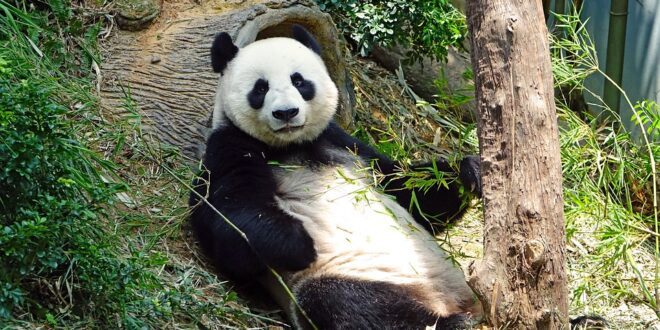Unveiling Conservation’s Secrets: Top 10 Strategies to Preserve Nature
Strategy 1: Sustainable Agriculture
Embracing sustainable agricultural practices is vital to preserve and protect our natural resources. By implementing organic farming techniques, reducing pesticide use, and embracing crop rotation, we can preserve soil integrity, protect biodiversity, and maintain a healthy ecosystem that benefits both humanity and the planet.
Strategy 2: Forest Management
Meticulous forest management plays a crucial role in conservation efforts. Sustainable logging practices, afforestation initiatives, and protection of endangered species within forests ensure long-term survival. By implementing proper logging techniques and forest regeneration measures, we guarantee the preservation of our precious woodlands for generations to come.
Strategy 3: Wildlife Conservation
We must prioritize safeguarding our wildlife from threats such as habitat loss and poaching. Creating protected areas, promoting anti-poaching campaigns, and supporting conservation research helps secure the existence of countless endangered animal species. Preserving their habitats enables these remarkable creatures to thrive and maintain the harmony of our ecosystems.
Strategy 4: Marine Conservation
The world’s oceans are a vital part of our planet’s health. Implementing sustainable fishing techniques, establishing marine reserves, and combating plastic pollution help preserve marine biodiversity. Protecting our seas is of utmost importance to maintain fragile marine ecosystems and ensure the sustainable livelihoods of coastal communities.
Strategy 5: Climate Change Mitigation
Addressing the impact of climate change is key to preserving nature. We must adopt renewable energy sources, promote energy efficiency, and minimize carbon emissions. Against challenges such as rising temperatures and extreme weather events, taking proactive measures is crucial for safeguarding our environment and all its diverse habitats.
Strategy 6: Water Conservation
Efficient water management is essential to preserve our freshwater resources. Encouraging responsible water usage, preventing pollution, and implementing sustainable irrigation practices help conserve this valuable and limited resource. By prioritizing water conservation, we ensure the continuity of ecosystems that rely on freshwater, and also meet our own future needs.
Strategy 7: Urbanization Planning
As our world becomes increasingly urbanized, thoughtful planning is crucial to preserve green spaces within cities. Creating parks, building rooftops gardens, and promoting sustainable architecture contribute to a healthier environment. Integrating nature within urban landscapes fosters a symbiotic relationship where human societies thrive alongside a resilient and flourishing ecosystem.
Strategy 8: Environmental Education
Informing and educating individuals about conservation is vital to change mindsets and ensure long-lasting participation. By teaching future generations about the importance of nature, we develop a society that values and preserves the environment. Fostering a sense of wonder and responsibility towards nature in our communities creates positive attitudes that drive sustainable conservation practices.
Strategy 9: Collaboration and Networking
Successful conservation efforts require collaboration between governments, NGOs, and local communities. By pooling knowledge, resources, and expertise, innovative solutions can be implemented at a larger scale. Networking helps cultivate a stronger conservation community that can tackle challenges more effectively and speed up the protection of our natural world.
Strategy 10: Sustainable Tourism
Responsible and sustainable tourism allows us to appreciate the wonders of nature while minimizing our ecological footprint. By promoting environmentally friendly practices within the industry, we can preserve fragile ecosystems and enable local communities to thrive. Sustainable tourism both educates and inspires travelers to become fierce advocates for environmental conservation.
 Mind Uncharted Explore. Discover. Learn.
Mind Uncharted Explore. Discover. Learn.




